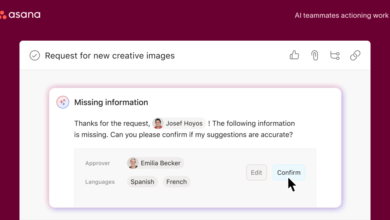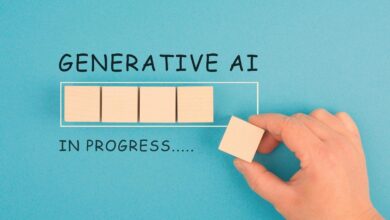Explained: What is conversational AI and how is it different from gen-AI | Tech News

Artificial intelligence, colloquially termed as machine learning, has been established for over a decade, but it gained prominence with the emergence of generative AI. A subset of AI, generative AI foregrounds the technology that has long operated behind the scenes, refining user experiences. Another noteworthy AI subset poised to reshape the technological landscape is conversational AI. To understand its distinctiveness from generative AI, let us delve deeper:
What is Generative AI
Click here to follow our WhatsApp channel
Generative AI is a subset of artificial intelligence that focused primarily on producing fresh content spanning text, images, audio, video, codes, and synthetic data. Leveraging machine learning algorithms, generative AI discerns and comprehends patterns within training data, utilising them to generate novel outputs. Instances of generative AI products encompass OpenAI’s ChatGPT chatbot and DALL-E text-to-image generator, alongside Google’s Gemini chatbot.
What is Conversational AI
Also a subset of AI, conversational AI accentuates natural language processing to fashion human-like responses to inquiries. Characterised by interactive dialogues, conversational AI finds utility in chatbots, messaging apps, and virtual assistants. Prominent examples encompass Amazon Alexa, Google Assistant, and Apple’s Siri.
Distinguishing Generative AI from Conversational AI
Fundamentally, both generative AI and conversational AI deploy natural language processing (NLP) to dissect inputs and decipher their meaning. Subsequently, employing machine learning, both generate responses grounded in their training data. Nevertheless, whereas generative AI is trained to recognise patterns and frameworks within extensive datasets, deploying these insights to produce fresh content, conversational AI models are trained on human dialogues and conversations. This informs their ability to predict conversational trajectories and formulate contextually appropriate responses, fostering a more human-like interaction.
Whilst generative AI generates unique responses, conversational AI may draw from preset responses for akin inputs. Furthermore, generative AI is not confined solely to NLP; it may possess multimodal capabilities enabling the recognition and comprehension of visual stimuli like images and videos.
Can conversational AI and generative AI be mutually exclusive
Given the disparate objectives, training data, and applications of both AI models, they cannot be categorically mutually exclusive. Nonetheless, certain applications may integrate both functionalities. Take, for instance, ChatGPT—an AI-driven chatbot proficient in natural conversations while concurrently possessing generative capabilities.
Key takeaways
Conversational AI focuses on human-machine interaction, facilitating seamless conversation through text or speech. It specialises in understanding and crafting human-like responses, engrossing users in meaningful dialogue. Conversely, generative AI encompasses a broader ambit, encompassing conversational AI whilst extending to diverse content generation such as text, images, and music, sans specific conversational context. While conversational AI excels in dialogue, generative AI boasts a wider remit, capable of generating varied outputs beyond just conversation.



